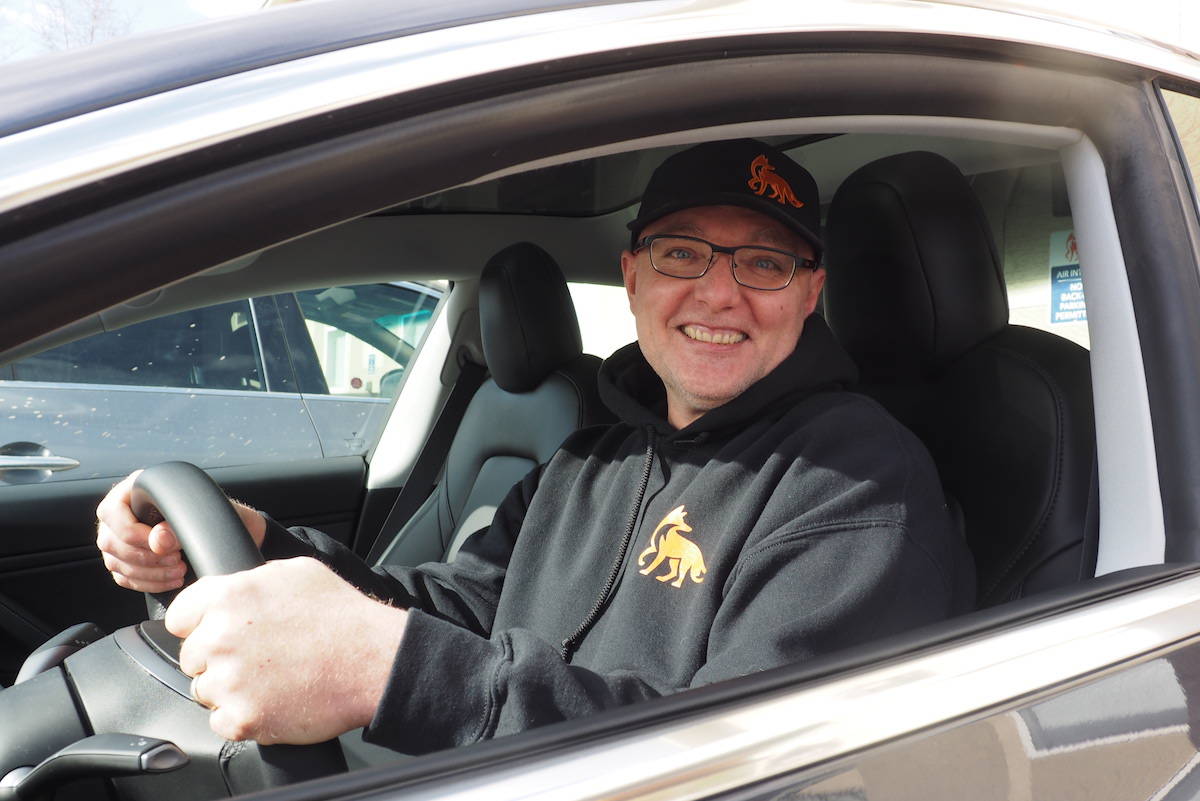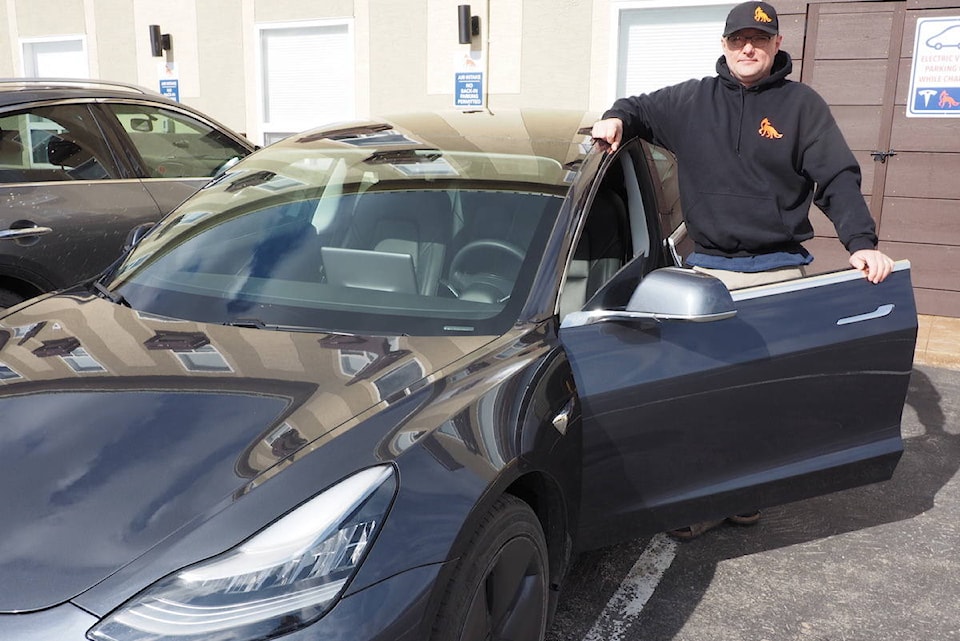British Columbia is ahead of schedule in its goal of having 100 percent of all new light-duty vehicles registered in the province be zero emission vehicles (ZEVs) by 2040, with the 2025 target of 10 percent almost already reached.
9.4 percent of light-duty vehicles sold in the province in 2020 were ZEVs, up from 8.7 percent in 2019, and well up from 0.8 percent in 2015.
Those numbers equate to 15,451 new ZEVs humming around B.C. roads in a 12-month period - but the data shows that the province is going at two speeds, with most of those new vehicles headed to the Lower Mainland and Vancouver Island.
There were a cumulative total of 54,469 ZEVs registered in the province for 2020 - of which just over 40,000 are in the Lower Mainland, and another 10,000 or so are on Vancouver Island, leaving the rest of the province to share under 4,000 ZEVs (of which, over 2,500 were in the Thompson-Okanagan region).
Beyond the bigger cities, the Kootenay region was home to only 382 ZEVs in 2020 according to registration data. Not great, but better than the regions in the northern interior like Cariboo (141), Northeast (73), North Coast (67) and Nechako region - which has only 25 ZEVs registered there.
With less than 400 ZEVs registered in the entire Kootenay region - which stretches all the way from the Alberta border to Grand Forks and encompasses larger communities like Cranbrook, Nelson and Castlegar - seeing a ZEV on Kootenay roads is actually pretty rare.
President and CEO of the B.C. New Car Dealers Association, Blair Qualey said that a gap in uptake between the Lower Mainland and the rest of B.C. was expected, given what was on the market at the moment.
“A lot of people in urban areas drive cars or small SUVs - which are what car-makers have available as EVs, and as we have vehicles more popular in other areas become available, I think we’ll see the number of EVs in those areas go up.”
The vehicles that would make the regions take up ZEVs more readily? Pickup trucks.
“At the moment we don’t have any electrified pickup trucks, but that’s changing, and that’s changing pretty quick,” said Qualey.
General Motors recently announced it had an all-electric Silverado on the way, while it was also resurrecting the Hummer marque as an all-electric offering and Ford is working on an electric F-150.
There’s another handful of upstart brands working on electric trucks as well - like Rivian, Bollinger and Lordstown (all at varying degrees of readiness) while the best-known ZEV brand on the market - Tesla - has its Cybertruck headed for delivery as soon as the end of this year.
Qualey said electric trucks would make all the difference, not just in B.C. but across North America.
“Given how many people like to drive (trucks) in this province and on this continent I think it’ll make a huge difference in the transition to electric vehicles.”
Fernie local Jeremiah Pauw is one of the 382 residents of the Kootenay region that is already driving around in an EV. He’s had a Tesla Model3 for about a year now, and says his only regret is he didn’t get one sooner.
“Economically it makes sense,” he said.
“The price of my car was the same as a brand new Ford Explorer, and then my maintenance costs are way less, there’s obviously no fuel costs, I can charge my car at home for $7.
“A lot of it was economics, and a lot of it was … it’s just cool.”
Pauw said that he didn’t have any “range anxiety” - which is a common criticism of ZEVs in that their battery range, and limited recharging infrastructure makes traveling longer distances precarious due to the risk of being left stranded without any juice.
“I think range anxiety is a fake thing,” he said. “I get 500km on a full charge in my car. I’ve driven to Banff, driven to Calgary - it’s pretty much a full tank of gas.”
Concerns about where to charge up the batteries are also not top of mind for Pauw, who pointed out there were four public charging points in Fernie (with more on the way), and charging booths at each town in the region. He can also charge his car at home.
“The infrastructure is there now, and it’s growing quickly.”
Qualey said that the uptake of ZEVs depends a lot on perception - the more people see them around, the more they think of them as an option for their next car.
“The hard cases out there - once they’ve had a chance to have a test drive and actually experience it and the different driving experience that comes from an electric vehicvle, that will make a big difference.”
For Pauw, he’s already well and truly sold - and he wants one of the electric pickups as well.
“Give me two years, I’ll have one of those Cybertrucks.”
READ MORE: City of Fernie applies for EV infrastructure funding
scott.tibballs@thefreepress.ca
Like us on Facebook and follow us on Twitter

